
Grains 101
Grains are the lifeblood of kitchens and communities around the world. Find out how these staple foods are revolutionizing systems from those that take, to those that abundantly give.
Farmers
Are you a grain grower or interested in becoming one? Learn more about ancient and heritage grain production in the Front Range and see data from the 2021 grain trials here.
Buyers
Ancient and heritage grains are tasty and in demand. As a brand or small business-owner, find out how to buy these grains for your products and why they are important for your customers.
Consumers
Interested in trying ancient and heritage grains? See where you can taste them in the Front Range, or learn how to cook with ancient and heritage varieties in your own kitchen.
The Grain Revival Guide is an evolving, holistic, and comprehensive collection of resources on the Front Range grain revival movement.
This guide will provide anyone from farmers, to buyers, to consumers, with the stories and science behind ancient and heritage grains, as well as offer resources on how to support the movement and participate in our growing, vibrant local grain economy.
.png)
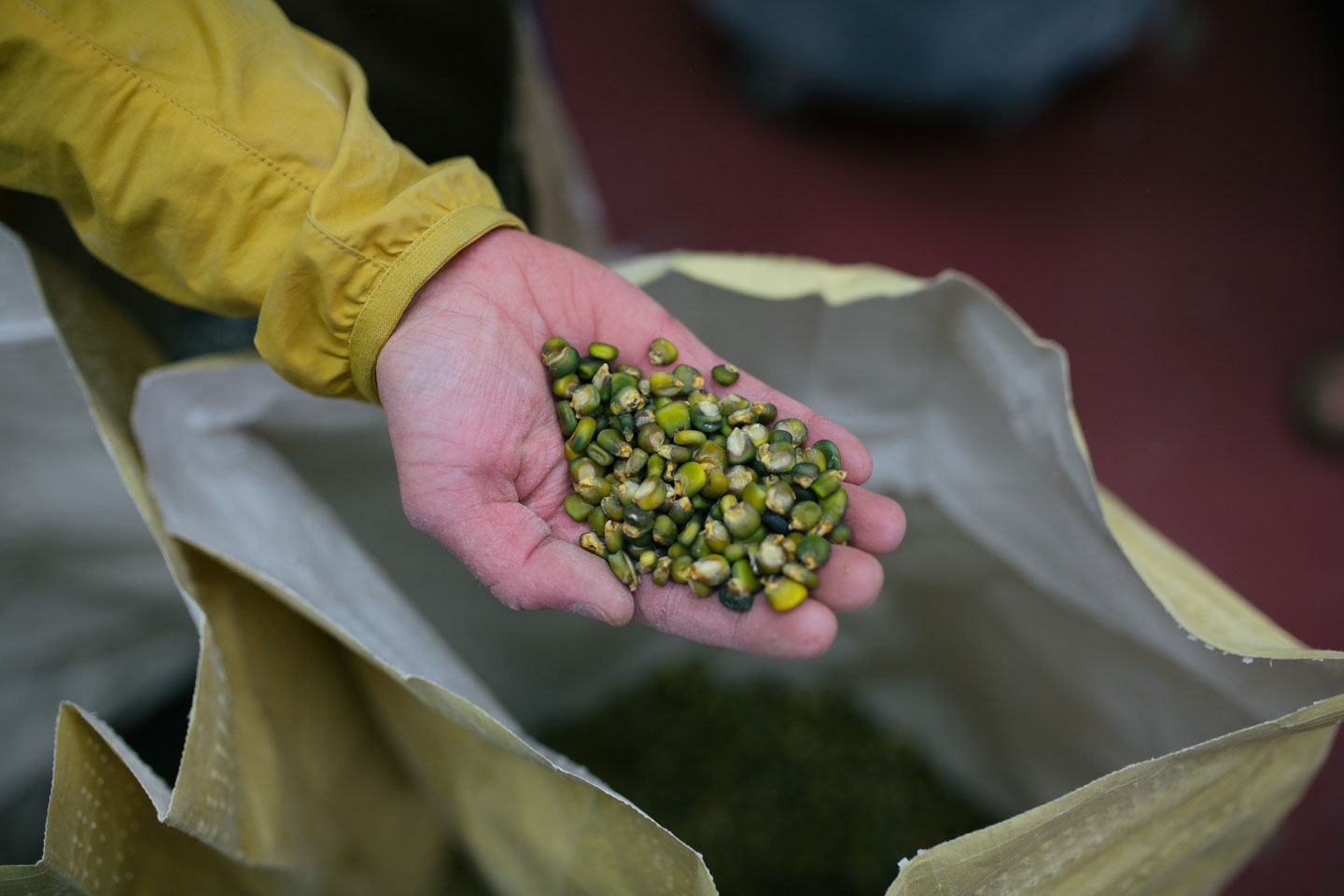
Seed
The grain revival always starts with the seed. Farmers will save and swap ancient and heritage varieties that have adapted to the local climate and soils over time. This traditional practice, which is not practiced in the industrial agricultural system, helps to preserve biodiversity, farmer independence, flavor, and nutrition.
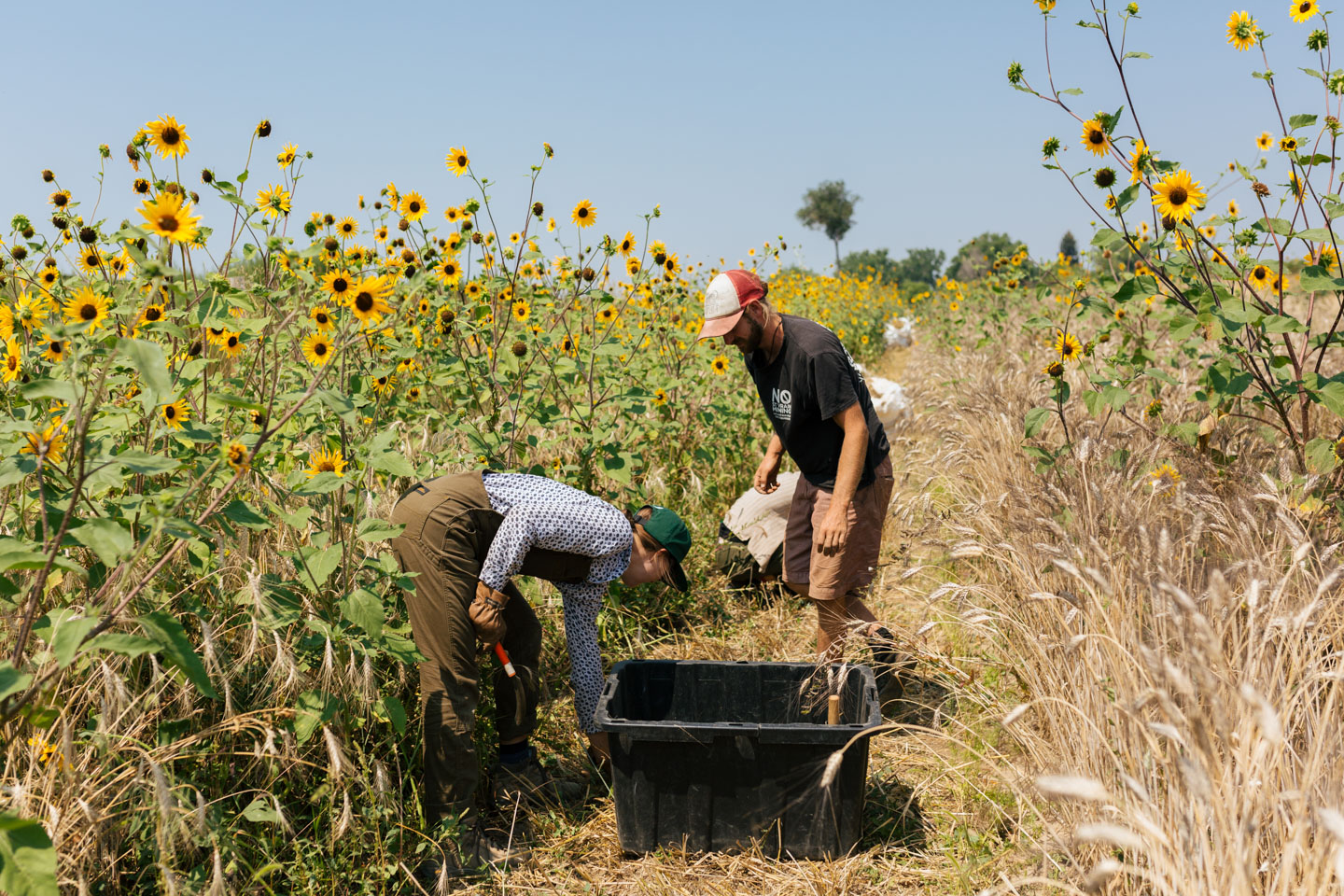
FARM
Farmers reintroduce ancient and heritage grains to the land by planting trial plots in their fields to observe which varieties will grow best. Harvest time rolls around when the grain crop dries, turning from green to brown. Traditionally, small-scale farmers would then harvest the grains using a sickle or scythe. Most farmers can now harvest grain using equipment like a combine.
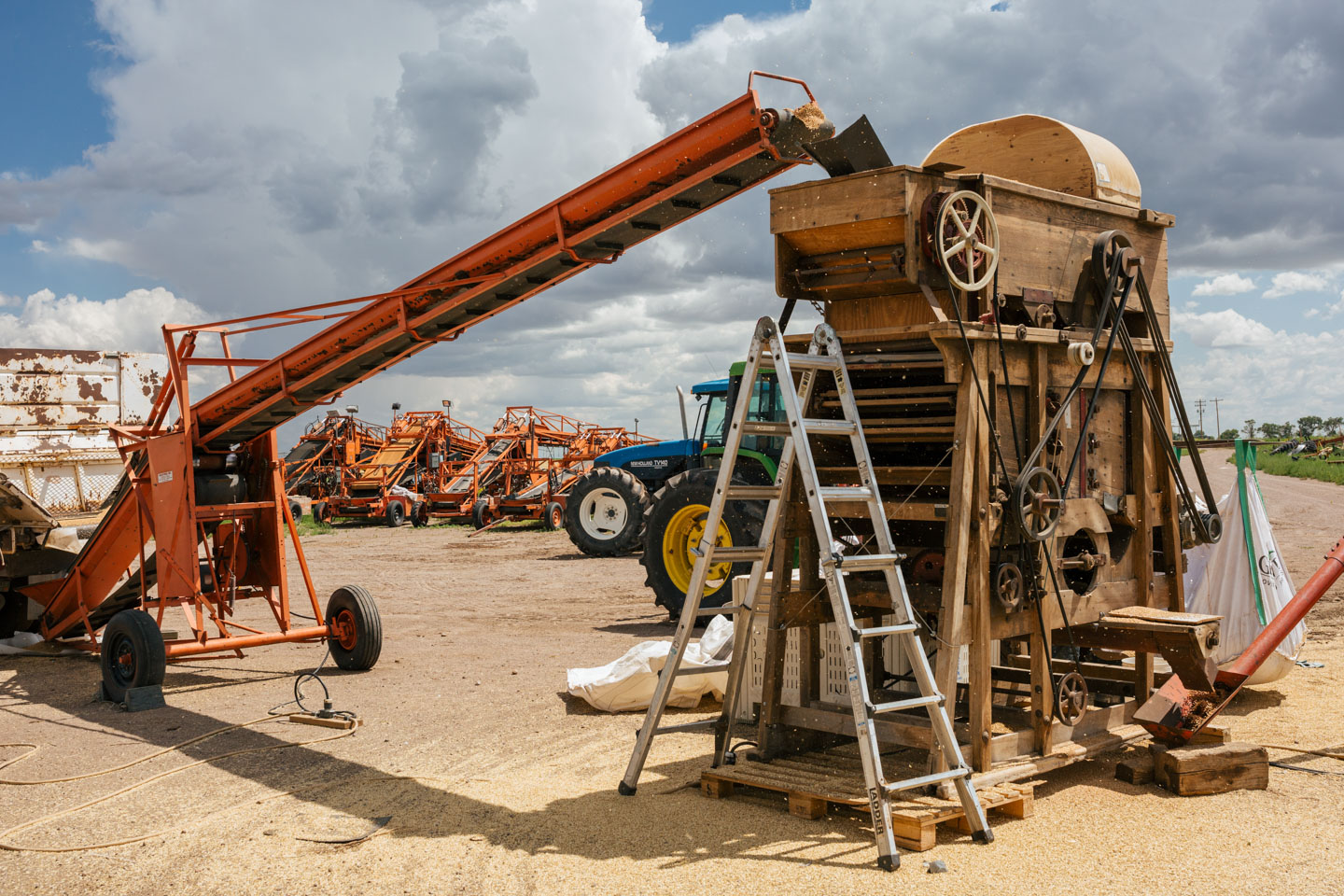
CLEANING
After grain is harvested, it must be dried, cleaned and stored. The cleaning process removes gravel, soil, weeds, and anything else that may have mixed in with the crop during harvest. Cleaning can be done by hand using sieves, but the use of a clipper is more effective. Clippers are hard to come by in small to mid-size farming communities, so equipment sharing or cooperative ownership is often necessary.
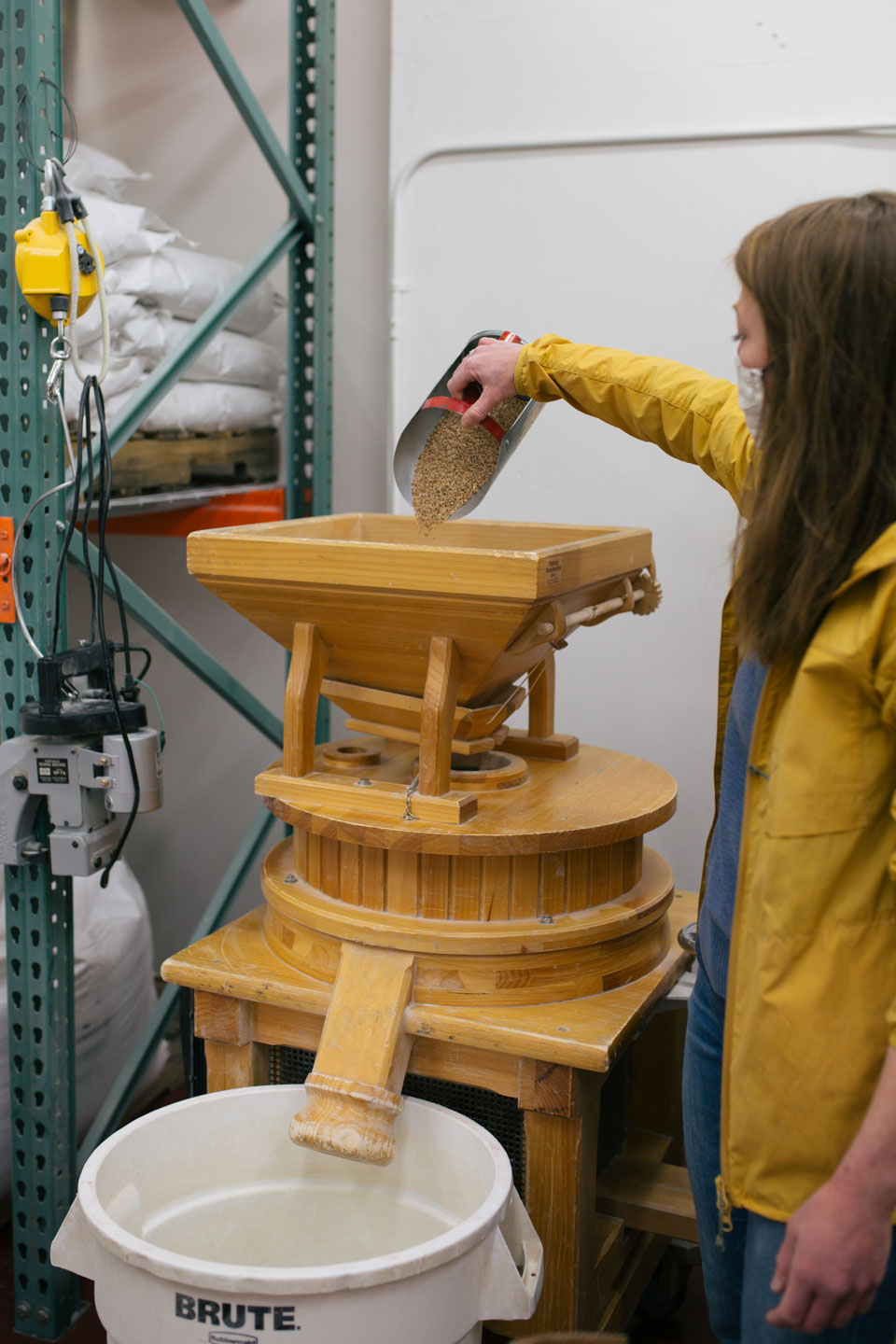
MILL
Large totes or 50 pound bags of cleaned grain are distributed to local mills, where they are ground into flour using a stone mill, steel mill, or electric micro-mills. The grain’s bran and germ are left intact when milling fresh, whole grain flour, preserving all the essential vitamins, nutrients and oils. This results in a product far superior in flavor and nutrition to the all purpose flours that you’ll find in the supermarket today.
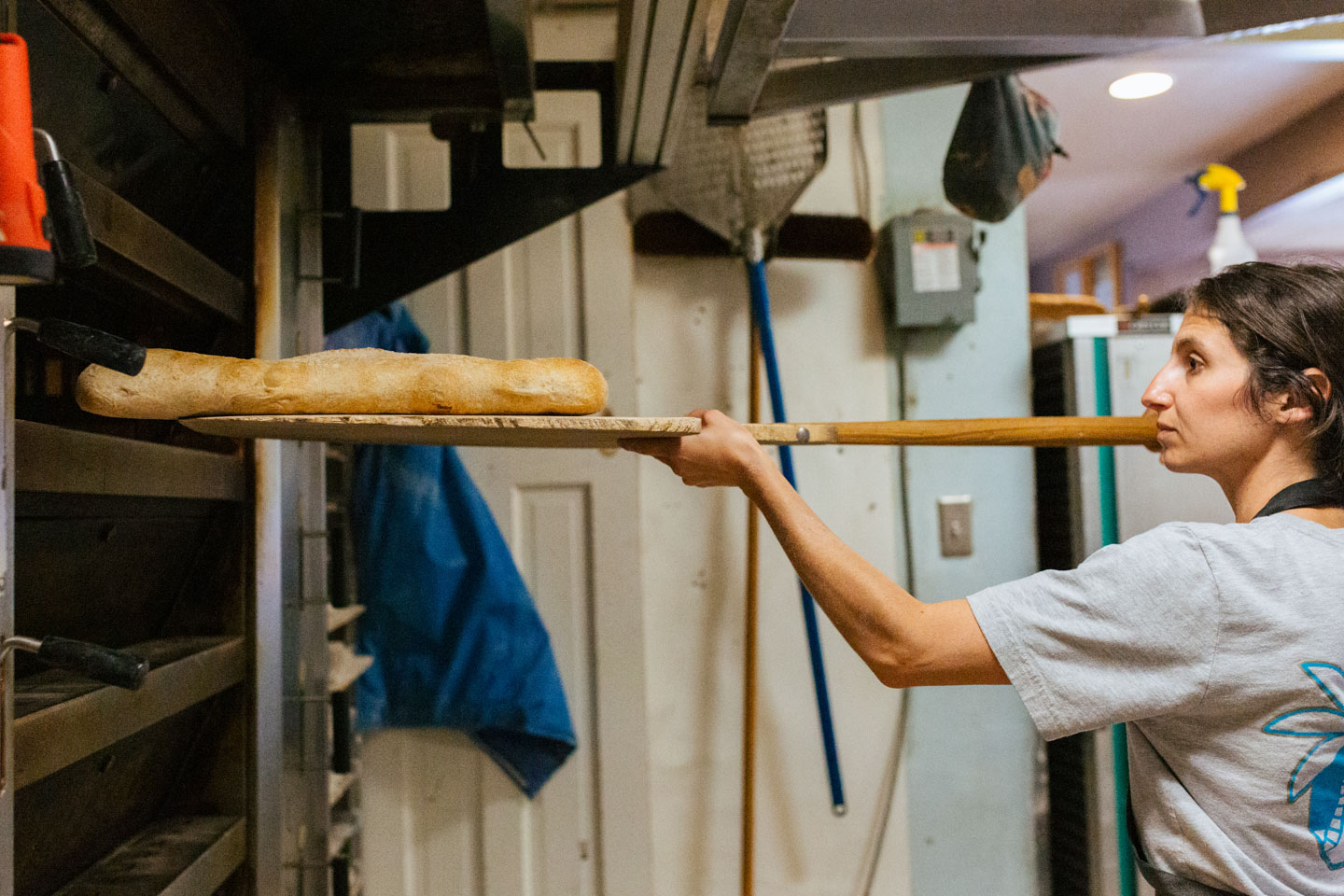
Bakery
At the bakery, tried and tested blends of heritage flour are baked into breads, pastries, cookies and more. For people with gluten sensitivity, many of these products will be easier to digest than their mainstream counterparts thanks to the use of heritage, whole grain flours, and practices like natural fermentation (using a sourdough starter) to break down substances that are hard to digest in grains.
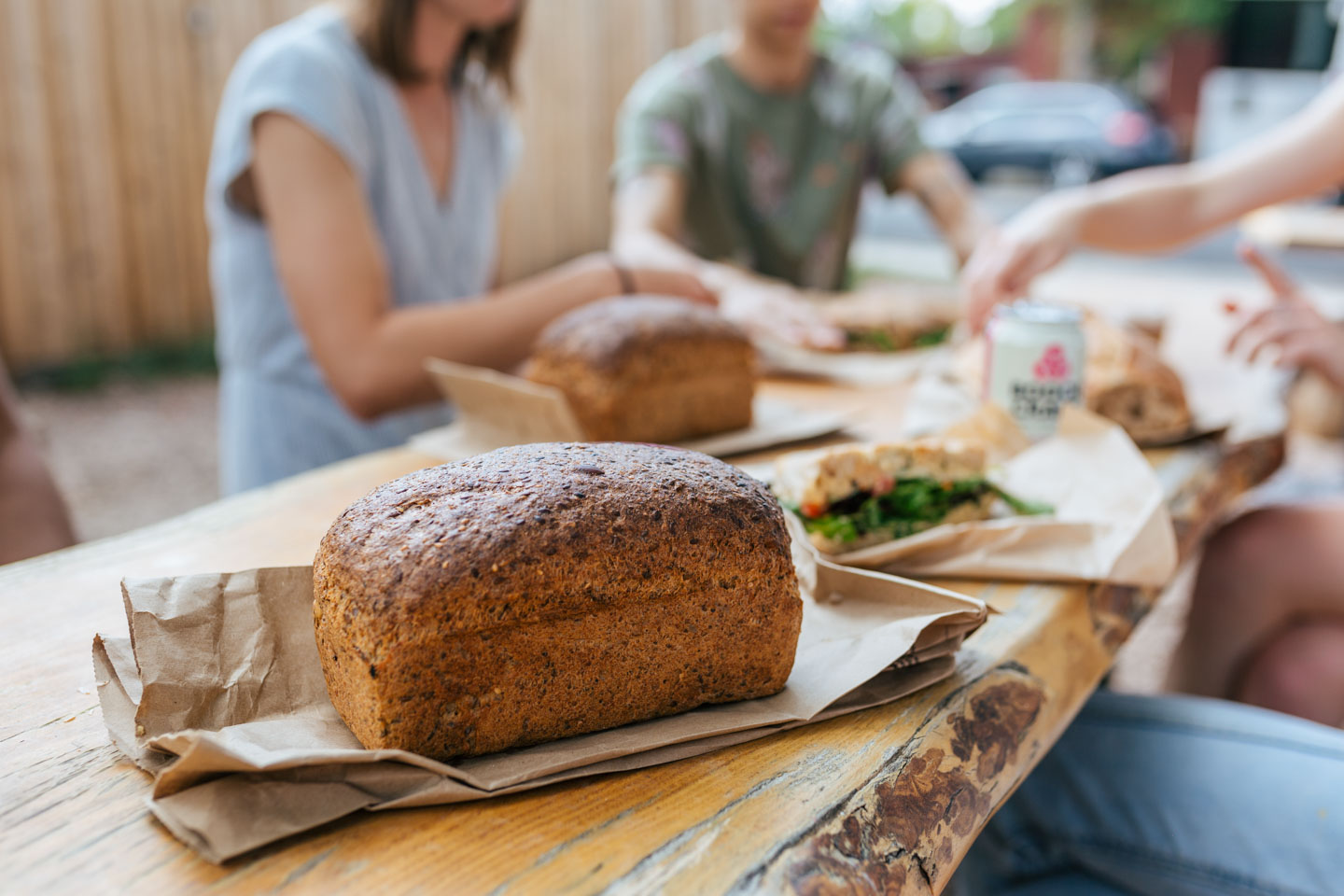
TABLE
The journey ends and begins again each time we gather around a table. Whether it’s pizza, pasta, tortillas, or bread, food tastes better when it’s been grown in a way that stewards the land, supports the community, and nourishes our bodies. It tastes the absolute best when it’s shared in good company with the people who can tell its story.